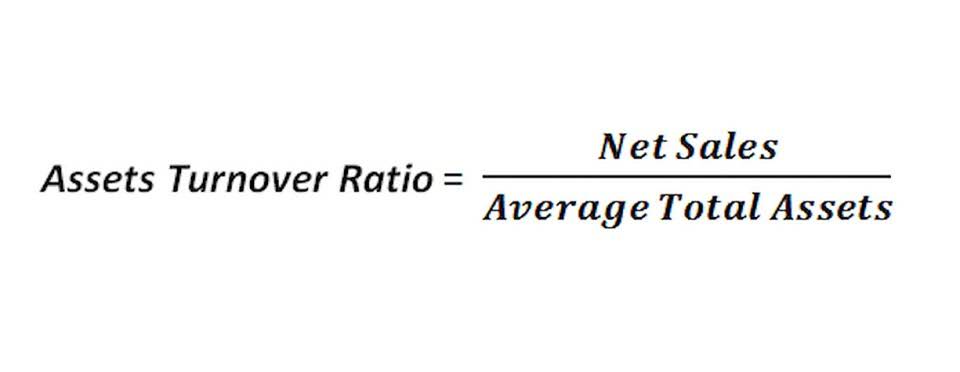Leveraging our proprietary winery data and industry reports, we offer industry benchmarking services. We compare your winery’s performance against industry peers, providing insights into key metrics such as gross margin, production efficiency, and distribution effectiveness. This benchmarking allows you to identify areas for improvement and make strategic decisions without losing sleep. It’s important to analyze the gross margin of each sales channel separately, rather than comparing them. For example, if you sell directly to consumers in your own tasting room, you’re likely to experience higher gross margins than when working with wholesale or retail vendors. A well-structured chart of accounts will keep your financial reporting clear and accurate.
Inventory Turnover Ratio Example
And, if the cellar operation accumulates a half million dollars of costs in a year, that cost is winery accounting assigned to the Merlot based on its proportion of the total gallon/months of wine kept in the cellar. The second step in wine accounting is understanding the cost of goods sold (COGS). COGS includes the cost of the grapes, the cost of production, and the cost of packaging and shipping.
- Most wineries will have products that need to age for varying amounts of time.
- These two categories represent ends of a spectrum; it is possible for a winery to primarily be vertically integrated, yet also acquire a portion of its required grapes from outside growers.
- Many winery owners might wonder if the purpose of maintaining books is solely to get the tax return right.
- Based on your winery’s unique requirements, we will customize an accounting solution specifically for you.
- Effective accounting help nonprofit businesses track donations, and generate accurate financial reports effortlessly.
- Buildium helps real estate professionals to efficiently handle financial operations while maintaining accurate, property-specific records for better decision-making and business growth.
How can tax accounting impact a winery’s operations?
Real estate investors and developers benefit from its job costing and expense tracking features, allowing for detailed project financial analysis. This solution is ideal for those looking to streamline their bookkeeping and financial planning efforts in the competitive real estate market. Real estate accounting software is a specialized financial management tool tailored to the needs of real estate professionals, including property managers, agents, investors, and developers.
- In the competitive wine market, sound accounting practices can significantly influence profitability and operational efficiency.
- Specific identification requires tracking the cost of production throughout the entire process until it results in a finished bottle of wine.
- Verification of the warehouse’s bond should be supplemented by an inspection of physical controls, such as fire suppression systems and burglary alarms.
- Production costs should be allocated to the various bulk wine in the cellar based on the type of processing activity and the stage of the wine in the process.
- Using the average or weighted average for consumable supplies like yeast and sulfur or general costs like storage is appropriate.
- Since 2000, Invensis has been catering to the diverse outsourcing needs of clients for multiple industries and constantly striving to add value to clients’ businesses.
Sales Tax Exemptions
Our Fundamental Five course shows you step-by-step how to set up QuickBooks for a small winery. Invest in QuickBooks to simplify your finances and spend more time doing what you love—making great wine. You will want to list out each credit card, line of credit, and note payable separately. Liability accounts start with the most current (the ones you have to pay soonest) and move to the more long-term liabilities. We keep separate accounts for each type of interest we are paying and title the accounts appropriately. This makes it easier https://www.bookstime.com/ to check that we have posted the correct amount of interest paid year-to-date on each loan.
As the number of wineries increases, so will the demand for accountants providing assurance, tax, and other accounting-related services. This article provides an overview of some of the wine industry’s unique characteristics that create special accounting, tax, and business risk considerations. This overview is followed by several concrete examples of special accounting and tax issues that can affect wineries and vineyards, as well as fraud schemes that are present in the industry.
Key Financial Metrics for Vineyards and Wineries
Cash-based accounting might seem appealing for its simplicity — you track money when it comes in and when it goes out. However, for a growing winery, accrual accounting delivers a more accurate financial picture. The charts below demonstrate how certain overhead and direct production costs might flow through the balance sheet and income statement. In order for a winery to use LIFO for tax purposes, it is also required to use it for financial reporting purposes. Typically, wineries utilizing LIFO initially utilize SPID or FIFO for internal, managerial accounting purposes and record a LIFO reserve to adjust to LIFO for financial reporting and tax purposes.
- As with any business using such services, careful vetting of support personnel and companies is needed.
- There are several ways to allocate costs, but regardless of the method used, it’s important to apply it consistently.
- Meticulous record-keeping, data collection, and data segregation make specific identification highly accurate.
- Our expertise in winery accounting empowers you to make the most of your financial data.
- For example, light bulbs or air filters in your production facility are manufacturing overhead.
- To calculate COGS, periodically transfer the accumulated totals from these temporary ‘other expenses’ accounts on your P&L to the appropriate inventory accounts on your balance sheet.
This is an issue at month-end, when the winery is closing its books, since distributors may not report back about the number of cases sold for several weeks. And if you’re trying to close the books, this means that the amount of the depletion allowance has to be accrued, and it’s pretty much a guess. And if you’re wrong on the accrual, then the adjustment falls into the next month. This is a fairly complicated calculation, so the wineries want to limit it to just two types of inventory, which are bulk wine and cased goods.
Winery Accounting Terms You Need to Know
Cost allocation can be simplified by applying Internal Revenue Code (IRC) section 263A, which uses ratios to compute the allocated G&A costs included in ending inventory and cost of goods sold. Wine sales may be direct-to-consumer through tasting rooms or wine clubs, or to a third-party distributor. In any case, the winery needs to track when, what kind of, and to whom wine was sold, and to pay excise taxes to the appropriate taxing authority.
One effective tool for managing these costs is activity-based costing (ABC). This method allocates unearned revenue overhead costs based on the actual activities that drive those costs, rather than simply spreading them evenly across all products. For example, the cost of maintaining irrigation systems can be allocated based on the number of hours they are used for different grape varieties.













No responses yet